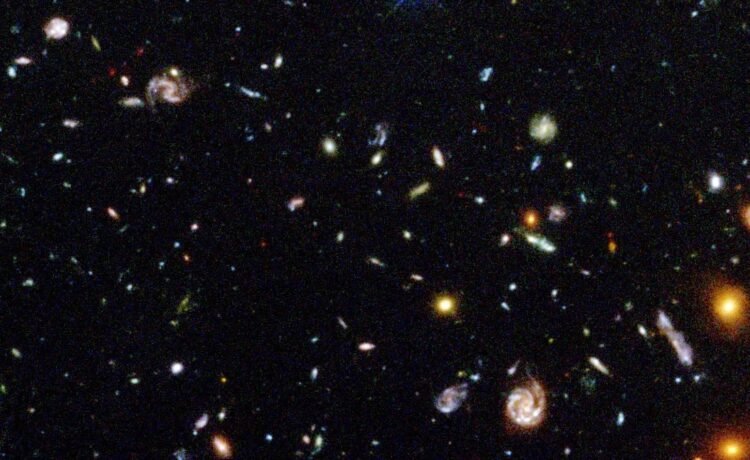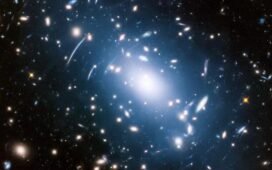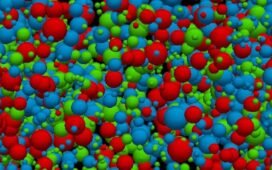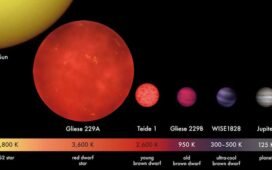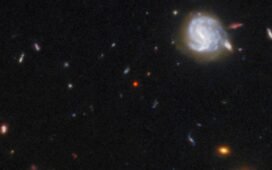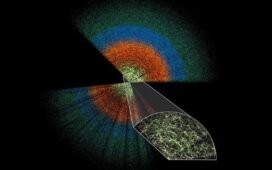The Hubble Space Telescope, launched in 1990, was originally seen as a colossal mistake. This one image, taken in 1995, changed everything.
35 years ago, NASA launched its first great observatory: the Hubble Space Telescope.
When it achieved first light, a huge problem appeared: its optics were flawed.
This spherical aberration flaw kept Hubble images from achieving their designed sharpness.
To correct this, a servicing mission was flown in December of 1993.

